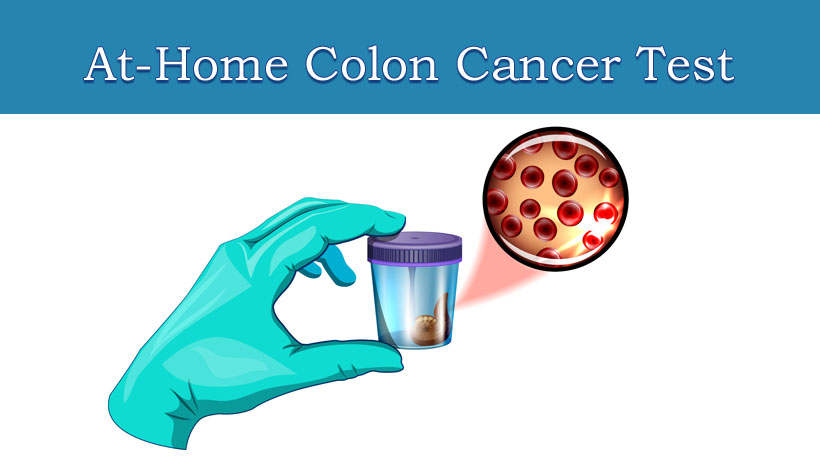The fecal immunochemical test, FIT, is a test where volunteers send samples of their stool to a lab, where experts test for hidden blood in the stool that can be an early sign of colon cancer. It is one of the most frequently used screening methods; it is moderately sensitive, noninvasive, and easy for patients to complete, according to the scientific journal Annals of Internal Medicine. There is research that has been done to see if the FIT is more or is as effective as a colonoscopy.
What was done in the study
According to the research website Science Daily, the researchers reviewed and analyzed the findings of 31 studies with a total of 120,255 participants. The participants sent their stool samples to a lab where experts conducted the FIT to detect any hidden blood in the stool. When the FIT results were compared to the findings of a colonoscopy screening, researchers found that FIT had a high detection rate for finding colorectal cancer.
This was a randomized, controlled trial that involved adults from ages 50 to 69. A comparison was being made as a one-time colonoscopy in 26,703 subjects with the FIT for every 2 years in 26,599 subjects. These results depicted rates of participation and any potential signs of a disease.
Results
According to The New England Journal of Medicine, there was no significant difference in finding the location of the tumor between the colonoscopy and the FIT. However, colonoscopies did perform better than the FIT with respect to detection rates in both the proximal and distal colon.
Based on the screening that was performed, 5,059 subjects underwent a colonoscopy and 10,611 underwent the FIT. Among subjects who were screened by means of FIT, 7.2% tested positive, and 86.4% underwent colonoscopy. Among subjects who were screened by means of colonoscopy, 5% were found to have colorectal cancer, as compared with .3% who were screened by means of FIT.
Tumor staging was similar between the two groups. In the FIT group, 24 tumors were Stage I, 6 were Stage II, and 6 were Stage III. In the colonoscopy group, 19 tumors were Stage I, 6 were Stage II, and 2 were Stage III. Colonoscopy was superior to FIT in the rates of detection of advanced adenomas and nonadvanced adenomas.
Overall, they both have quite similar results.
Advantages and disadvantages
One of the advantages of the FIT is that it is a good “pre-screening” test for average risk, asymptomatic adults, in saving US healthcare costs, according to Science Daily. It’s also a test that is easy, safe, and convenient, states CRICO, an insurance program affiliated with Harvard Medical Institutions.
Another advantage, according to Bowel Cancer Australia, is that this test does not cause bleeding or tearing/perforation of the lining of the colon.
A disadvantage would be that the FIT must be repeated annually for it to be beneficial, says CRICO, an insurance program affiliated with Harvard Medical Institutions.
According to the nonprofit organization Bowel Cancer Australia, false-negative test results may occur. Screening test results may appear to be normal even though colorectal cancer is present. A person who receives a false-negative test result may delay in seeking medical care even if there are symptoms.
Sources:
https://www.sciencedaily.com/releases/2019/02/190225175921.htm
https://annals.org/aim/article-abstract/2705209/screening-colorectal-cancer-fit-right-right-side-colon
https://www.nejm.org/doi/full/10.1056/Nejmoa1108895
https://www.rmf.harvard.edu/Clinician-Resources/Guidelines-Algorithms/2014/CRC-pros-cons-screening-options
https://www.bowelcanceraustralia.org/tests-investigations/advantages-disadvantages



